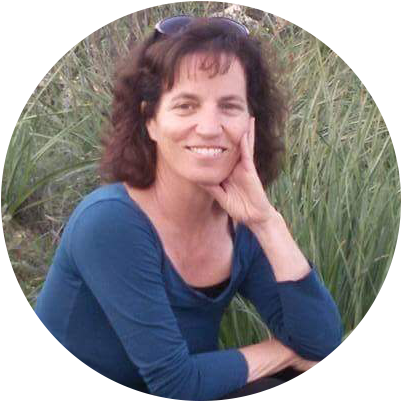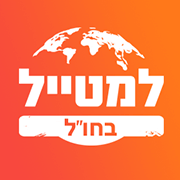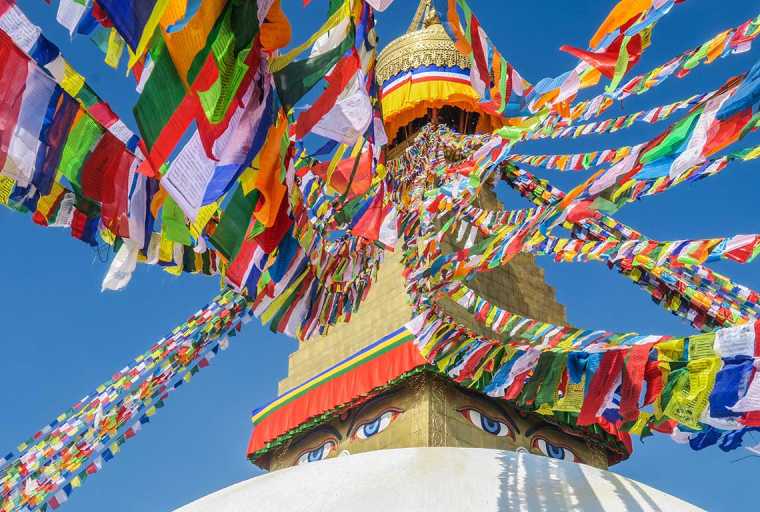Overview of the Trip
This 7-day Tibet tour package lets you experience the breathtaking landscapes and vibrant cultural heritage of Tibet, often called the “Roof of the World.” Tibet is home to countless Buddhist monasteries, the majestic Himalayan mountains, and unique plateau landscapes. This trip offers a chance to explore high altitudes with a taste of colorful Buddhist culture. The journey begins in Lhasa, a renowned destination in Tibet with notable monasteries such as Drepung Monastery and Sera Monastery. We start with a guided sightseeing tour around Lhasa, where we visit the Dalai Lama's Summer Palace, Norbulingka Park, Drepung Monastery, and Sera Monastery.
From Lhasa, we head to Gyantse, the third largest city in Tibet, with a rich history. Located at an altitude of 3,950 meters, Gyantse is situated in the Nyang Chu Valley. Before reaching Gyantse, we stop at Yamdrok Lake, one of the largest sacred lakes in Tibet at an altitude of 4,441 meters. At Gyantse, we visit the Karola Glacier, Gyantse Palcho Monastery, and Dzong fortress. Later, we visit the Pala Manor, a historic mansion showcasing the lifestyle of the Pala family, an upper-class family in Tibet. Next is Shigatse City, located at an altitude of 3,845 meters, home to Tashi Lhunpo Monastery, a significant Tibetan Buddhist monastery.
Concluding the trip, we head to Nyembo Tunba village, the birthplace of Tunmi Sangbusha, the inventor of the Tibetan script. Next, we see Nyethang Buddha, a beautifully crafted Buddha statue. After sightseeing, we return to Lhasa, marking the end of your trip to the "Roof of the World."







